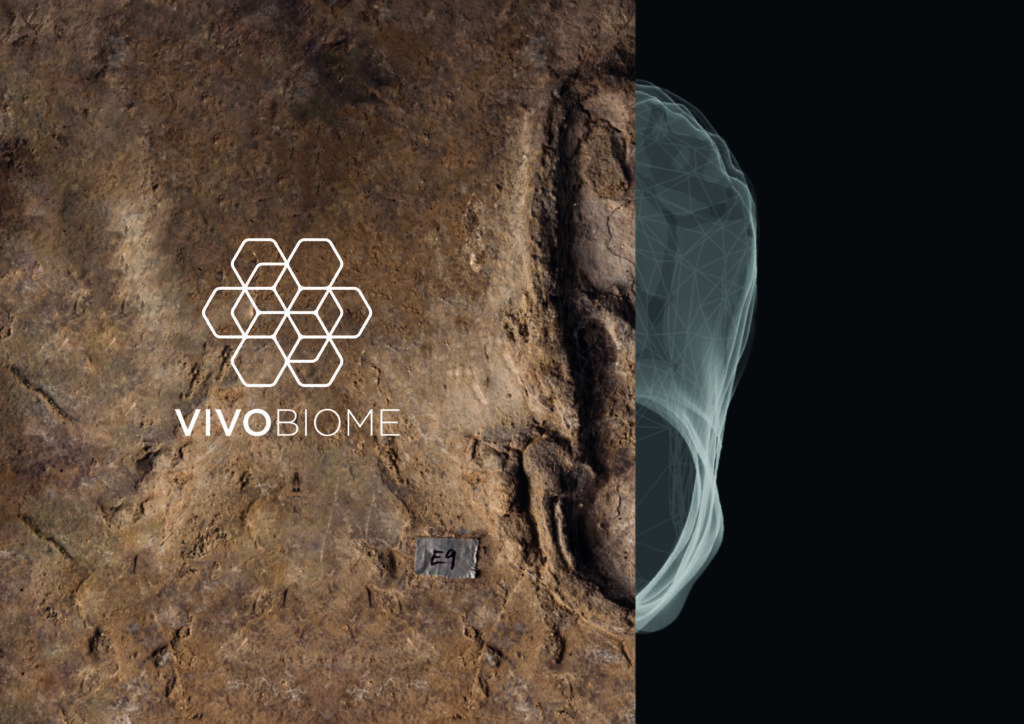Investing in Innovation for Sustainable Footwear

In a collaborative project supported by Future Fashion Factory, Vivobarefoot worked with researchers and students at the Royal College of Art (RCA) to develop customisable 3D-printed footwear within a circular business model, retaining the value of every resource to be recycled into new products. As a result of the project’s success, the brand has expanded its commitment to collaborative innovation with new hires and ongoing relationships with universities, while RCA has had opportunities to reflect on how graduates are prepared to work in a rapidly changing industry.
Vivobarefoot and the project partners set out to develop new data-driven tools to support the design of made-to-measure products. Crucially, the brand also needed to offer an effective and attractive service to make sure customers would return products at the end of life.
Collaboration helped tackle these challenges. Research Assistant Dali Alnaeb was hired through RCA to work directly with the company, analysing huge volumes of footwear data to develop a ‘smart last’ – a digital version of the mechanical form used to guide footwear design. This completely new tool lays the foundations for the whole customisable design model.
In parallel, Vivobarefoot enlisted the help of RCA students to develop a service model that would ensure footwear was actually returned by customers to be recycled at the end of its life.
Groups from the MA Service Design programme responded to a brief set by the company to research and present proposals to keep customers engaged and maximise the volume of footwear returned.
Each strand challenged the team at RCA to consider the skills with which graduates need to be equipped.

Dali has given expert talks to RCA students since the project completed, and the university is keen to continue working with him to share his expertise with students from a variety of disciplines.
“It was interesting to see the skillset that Dali had and how that was used in an industry setting,” explains Anne Toomey, Head of Textiles at RCA. “It led us to rethink elements of our own curriculum and how we can give our graduates those technical and digital skills, opening career opportunities for them and meeting an obvious need in the sector.”
The project’s success demonstrated to Vivobarefoot the value of dedicating resources to innovation. Dali has been hired as a permanent member of the team, retaining his knowledge, skills and understanding of the research. He will work to embed the customised design methodology in the next phase of the company’s growth.

At the same time, the students’ contribution highlighted a need for further research to refine the service design. Vivobarefoot is currently in discussions with RCA to launch a Knowledge Transfer Partnership (KTP) co-investment project, which would see a graduate work mostly at the company with support from RCA researchers to focus specifically on the design of a new service model.
Another two-year KTP is about to begin, with a graduate working in the business while being supported by Manchester Metropolitan University. Focusing on the digital supply chain for Vivobarefoot products, the scheme will generate tools that will support the circular business model developed in the original project.
“This comes directly from our experience with the students,” explains Lee Spiteri, Performance Designer at Vivobarefoot. “They gave us real confidence that this initiative made sense, so now we’re building on the insights from their work to refine our offering.”
From one collaborative project, Vivobarefoot is now well on its way to a digitally-enabled, customised product within a commercially viable circular economy – a big step forward for sustainable footwear. The business potential of investing in innovation, and the potential to achieve even more with access to the support and expertise within universities, has become clear.
“We’re a medium-sized business with big aspirations to drive change. Working on the main line means we don’t always have the headspace to focus on ambitious new projects and innovation,” explains Lee Spiteri, Performance Designer at Vivobarefoot.
“This project showed us the benefits of having dedicated person to do that. It gives us these small bubbles of pure clarity where new ideas can grow.”
